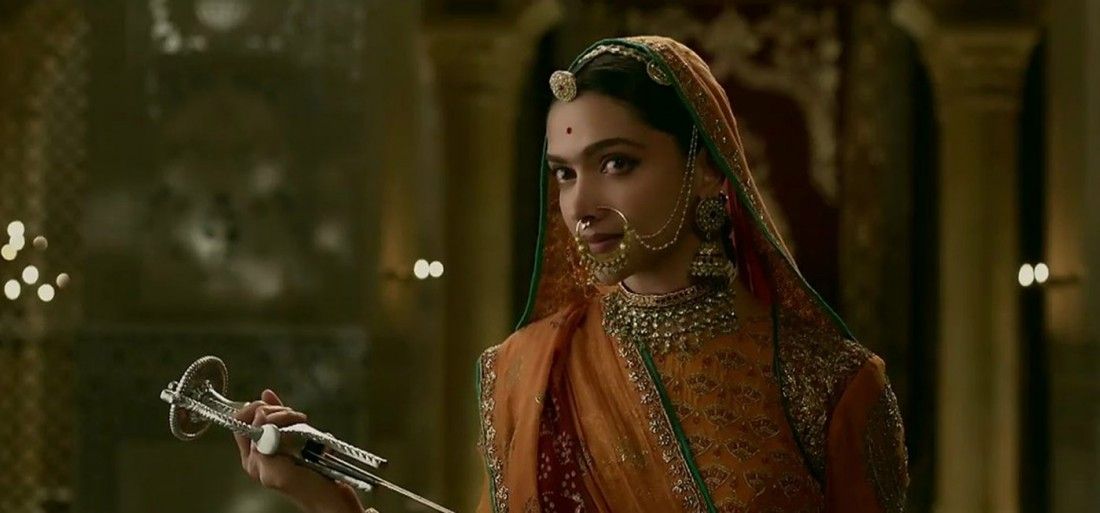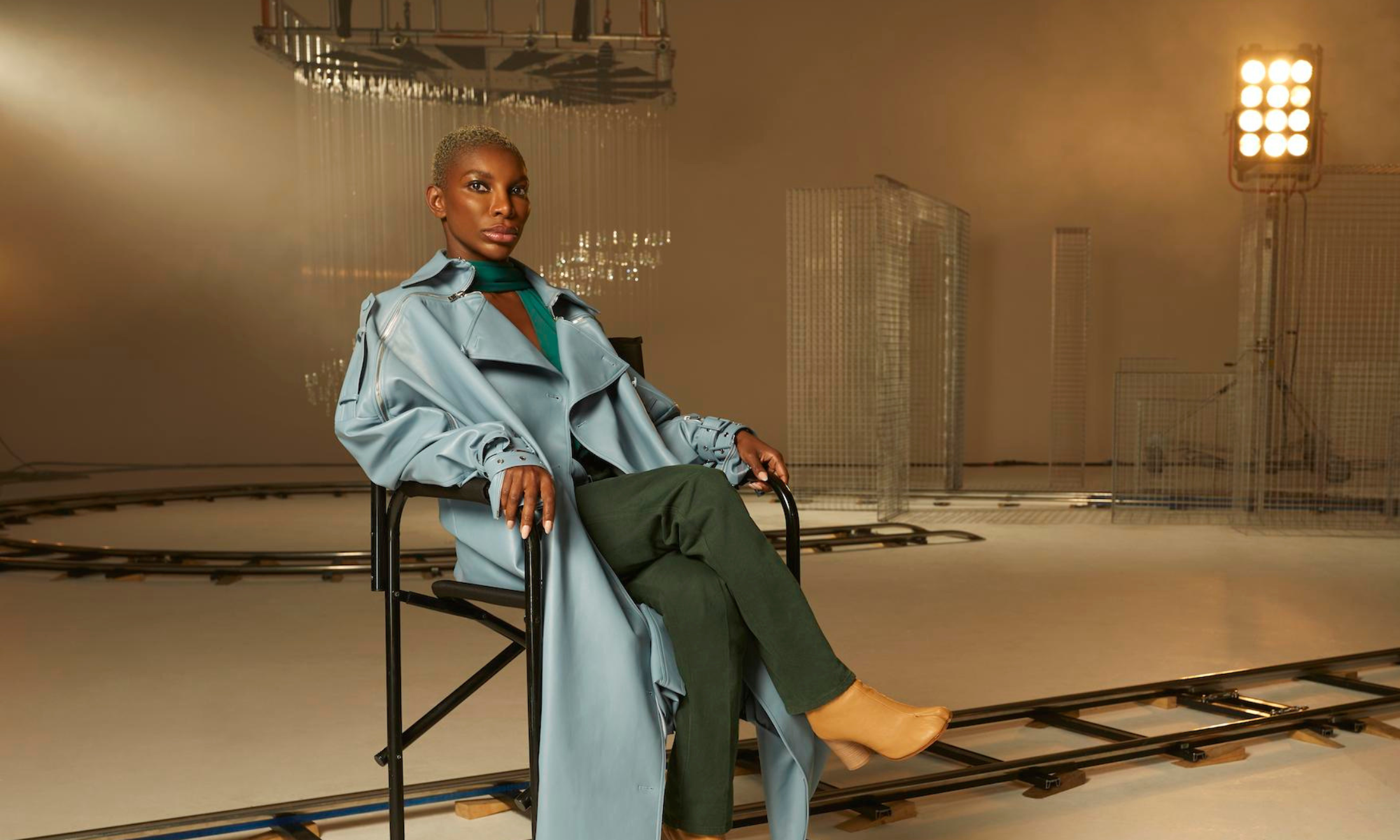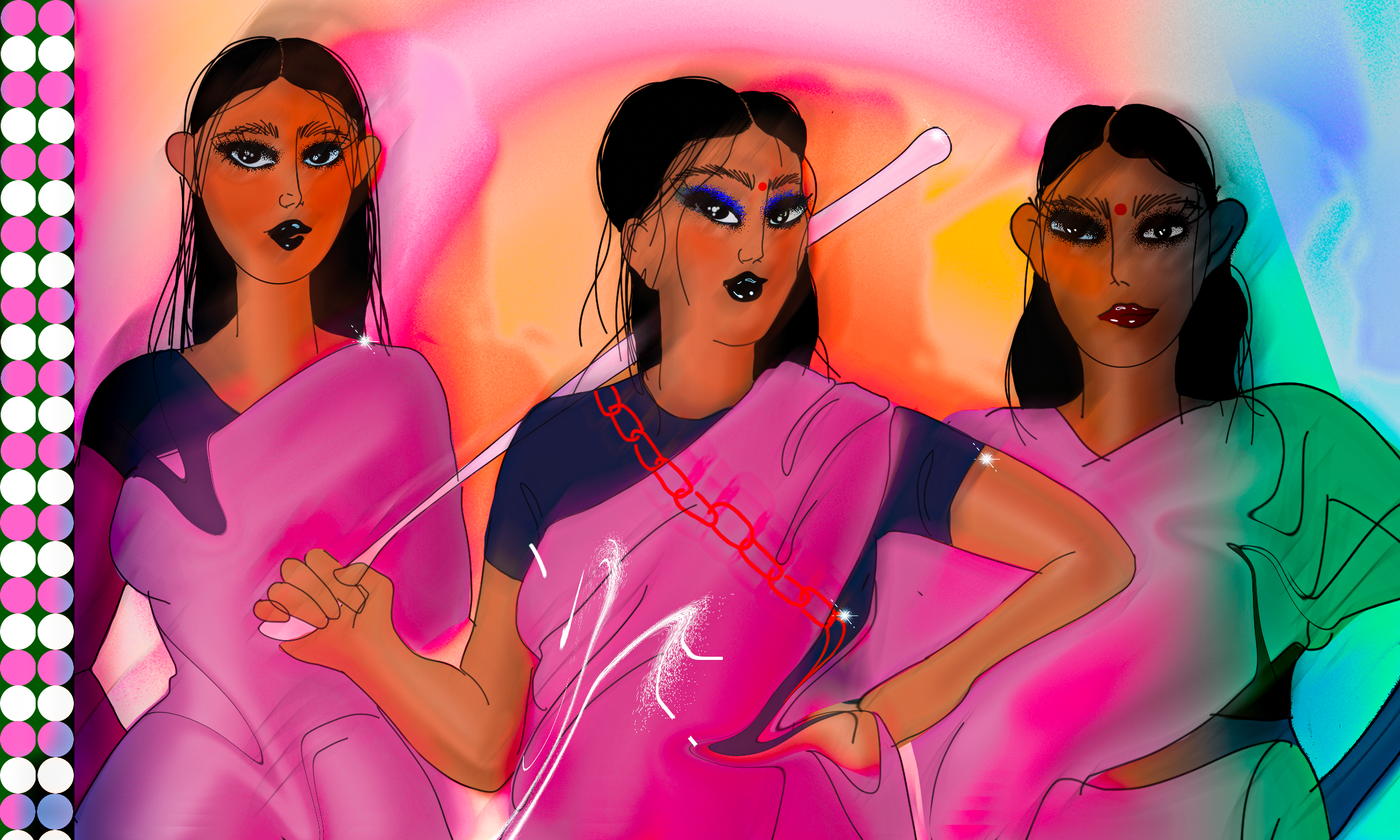
On 25 January, despite the controversies the much anticipated Sanjay Leela Bhansali epic Padmaavat was released. As a self-proclaimed Bollywood fanatic, I, and many like myself, flocked to theatres to witness this magnum opus, to see – was it worth the hype?
And with firm confidence I can say this film is an aesthetic masterpiece; the skilled yet subtle acting and the script lived up to the Bhansali bar. However, what struck me most and left me thinking long after the screen had faded to black, was the way in which Bhansali portrayed the male gaze throughout Padmaavat.
Women are no strangers to the male gaze, the #MeToo campaign is just one the recent example of a long-suffering history of female objectification by our male counterparts. This culture of sexualising women is also a problem within the South Asian community. Delhi, one of the cultural capitals of India, is sadly also known as the rape capital of the world, as highlighted by the National Crime Records Bureau.
The BBC documentary India’s Daughter highlighted the blame culture we have in society: no matter how depraved the act of harassment may be, the fault is always with the woman. “If you put your diamond out on the street, the dog will certainly take it out,” said M.L. Sharma, a defense attorney for the infamous Delhi rape case in 2012.
What Bhansali did with the scripting of Padmaavat was subtle yet thought-provoking; the narrative sprung into motion with the act of a sage wise-man attempting to use a prying eye to look onto a private moment between the story’s romantic leads Padmaavati (Deepika Padukone) and Maharawal Ratan Singh (Shahid Kapoor).
“Her beauty is the object of men, they are all in a desperate attempt to control and own it”
That one act of lustful prying then initiated a chain of events leading the story’s villain Allaudin Khilj (Ranveer Singh) to wage/start a large scale and violent game of hide and seek with his aim to look upon, and ultimately attain Padmaavati (Deepika Padukone). “Let’s wage a war in the name of beauty” is an English translation of a line from the film. Despite this woman being married, uninterested, and unengaged with any of these men (excluding her spouse), she is made the cause of a war. She is made to hide, out of fear that looking upon her would be a disrespect to her husband (Shahid Kapoor), but also to further encourage Allaudin Khilj (Ranveer Singh). Her beauty is the object of men, they are all in a desperate attempt to control and own it.
Padmaavati (Deepika Padukone) is also interestingly villainised by another woman in the film – and accused of causing war and despair due to her beauty. This woman infers she should also be punished for it. The respond Padmaavati gives is one that I feel is important we all remember even now; is beauty to be blamed? Not the eye of the beholder, not the lowly debaucherous intentions that the beholder has? In other words, this blame game needs to end, it is time to face the issue, it is not a woman’s fault if she preyed upon. We should not teach our daughters to cover up, but teach our sons not to look at women with such a disrespectful view.
As a British South Asian woman it deeply concerns me how ingrained this blame culture is. The fact that there have been few and fleeting attempts to address the continual objectification of women is disheartening to say the least. The issue of the male gaze not only exists in India; worldwide we continually see issues of sexual assault and harassment which are often brushed off with a “boys will be boys” attitude. It was found by anti-harassment group Hollaback! that most women of the over 16,000 surveyed were found to have experienced catcalling, and that the first experience of this happens between the ages of 11-17 years old.
“The issue of the male gaze not only exists in India; worldwide we continually see issues of sexual assault and harassment which are often brushed off”
An extremely disturbing and moving sequence in the movie was that of the “Jauhar” – mass female suicide by fire. This was sadly a common practice of ancient civilisations, not only in India but around the globe. When men would go to fight, the victors would claim their spoils, not just jewels but also women. Women would be raped, then either murdered or kept/sold into slavery. To avoid this fate the women of the ancient world would engage in the practice of mass suicide. The fact that this was felt to be a necessary action should sadden us all. Bhansali particularly highlighted the desperation of these women by showing a pregnant woman entering into this suicide by fire, while holding the hand of her small daughter.
Although the time of “Jauhar” has thankfully passed, the depraved sexual crimes have not. According to 2016-17 statistics from Rape Crisis England & Wales, one in five women aged 16-59 has experienced some form of sexual violence since the age of 16; statistics from Rape Crisis also infer that around 11 rapes an hour happen and that figure is just based on adults. While Padmaavat has had its share of controversy one thing it did extremely well was to highlight to its audience the deadly consequences that the male gaze can have – that it is also time that this objectification should end.









